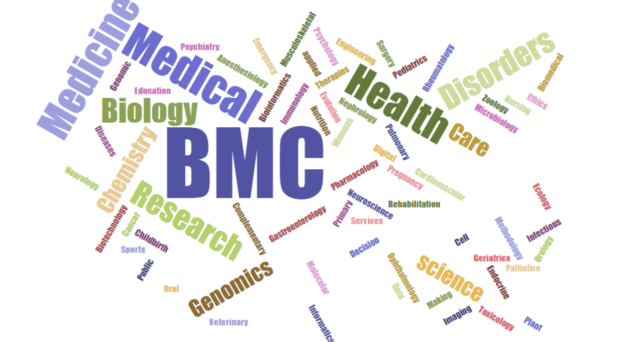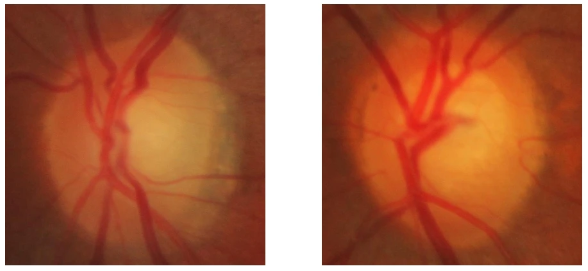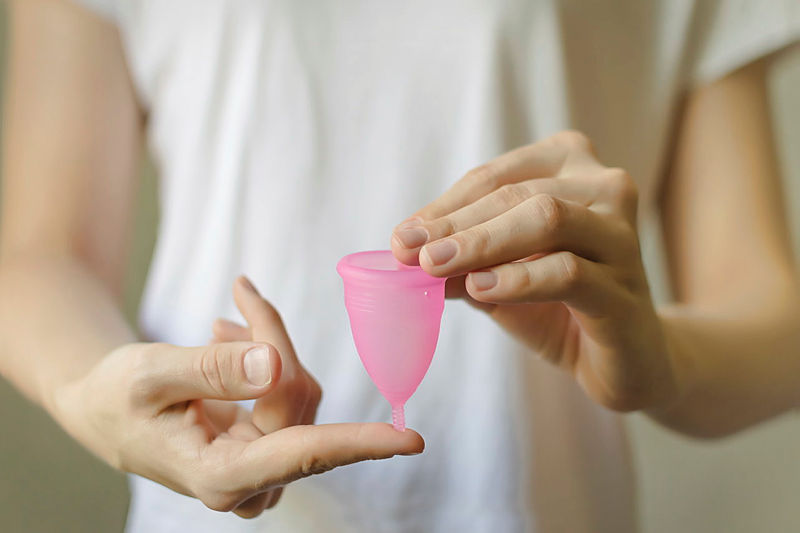[ad_1]

BMC Genomics – Unravelling the limb regeneration mechanisms of Polypedates maculatus, a sub‑tropical frog, by transcriptomics

The mechanisms of limb regeneration in amphibians are fascinating and can help devise a plethora of methods in regenerative medicine and engineering. Xenopus and axolotl are the key models for studying limb regeneration, but other amphibians display different mechanisms and little is known on those. In this study, researchers chose to understand how it works in Polypedates maculatus, a species of tree frog commonly found in India, and used transcriptomics to analyze the gene expression of intact limbs and amputated limb blastemas in tadpoles and froglets.
They found that, when the tissue is wounded, the choice between healing and regeneration depends from a balance of several factors. In general, genes associated with inflammation led to a healing environment and do not support regeneration; on the contrary, a reduced inflammation promotes regeneration. Factors such as glycosaminoglycans, metalloproteinases, and methyl transferases, were found to be upregulated or downregulated to modulate this sort of switch mechanism and to stimulate and guide the migration of myeloid cells, which are required for regeneration, exploiting signalling pathways in ways that had not been reported in model amphibians.
The study confirms several conserved strategies of regeneration, but also finds differences in terms of factors and components involved in the process of limb regeneration, giving useful insights into the variety of molecules that can be involved in creating a regeneration-permissive environment potentially paving the way for new approaches for regenerative medicine.
BMC Medical Ethics – The impact on patients of objections by institutions to assisted dying: a qualitative study of family caregivers’ perceptions
 Institutional objection to assisted dying is a debated subject, yet it is empirically understudied. It is important to understand institutional objection because it affects the experiences of patients seeking assisted dying and the impact of the particular regulatory context governing objections by institutions. This study was conducted in Victoria, that in 2019 was the first Australian state to permit voluntary assisted dying, and it investigates the impact of policy regarding institutional objection by focusing on the perspectives of family caregivers through semi-structured interviews.
Institutional objection to assisted dying is a debated subject, yet it is empirically understudied. It is important to understand institutional objection because it affects the experiences of patients seeking assisted dying and the impact of the particular regulatory context governing objections by institutions. This study was conducted in Victoria, that in 2019 was the first Australian state to permit voluntary assisted dying, and it investigates the impact of policy regarding institutional objection by focusing on the perspectives of family caregivers through semi-structured interviews.
The study involved 32 family caregivers and one patient who sought assisted dying. Participants reported institutional objection affecting eligibility assessments, medication access, and taking the medication or having it administered. Institutional objection occurred across health settings and was sometimes only inferred through context and interactions, rather than being explicitly stated. In terms of practical consequences, these objections resulted in delays, transfers, and attempts of dissuasion through pressure for palliative or other care. From a psychological point of view, participants also reported adverse emotional experiences and distrust of objecting institutions.
In an already procedurally challenging context, with a limited window in which patients have to apply, all the above points create a barrier in the assisted dying system. The authors argues that better regulation may be needed as Victoria’s existing policy approach appears to preference institutional positions over patient’s choice reinforcing existing power dynamics.
BMC Biomedical Engineering – Wavelet image scattering based glaucoma detection

Biomedical image data often have complex patterns that are difficult for human experts to comprehend, making it challenging to develop reliable unambiguous diagnoses using these data. However, machine learning methods can help overcoming the issue.
In this article, the authors explore the potential of using a feature learning algorithm called Invariant Scattering Convolution Network or Wavelet scattering Network to extract features from retinal fundus images for glaucoma diagnosis. By applying a wavelet scattering network to the RIM-ONE DL image dataset, they were able to achieve a stage-wise decomposition process, simplifying and improving the interpretation of images, and extract features for glaucoma detection. The authors also examined the influence of wavelet scattering network parameter settings and 2-D channel image type on the detection correctness. They found that highly optimized Convolutional Neural Network (CNN) architectures achieved detection correctness up to 98%.
This work represents a departure from traditional methods of applying wavelet transform to pre-processed retinal fundus images and extracting handcrafted features from the decomposition results. Instead, their approach applied a wavelet scattering network directly to the images to extract features for glaucoma detection. This method may be a useful tool for developing cheap, simple, fast, and accurate healthcare solutions and further research will help to determine the versatility and reliability of this approach.
BMC Psychiatry – Effectiveness of cognitive behavioural therapy-based interventions for maternal perinatal depression: a systematic review and meta-analysis
 Perinatal depression, which occurs during pregnancy and/or after childbirth, is a common mental health issue that can have negative impacts on the mother, infant, family, and society. To investigate the effectiveness of cognitive behavioral therapy (CBT)-based interventions for perinatal depression, a systematic review and meta-analysis were conducted.
Perinatal depression, which occurs during pregnancy and/or after childbirth, is a common mental health issue that can have negative impacts on the mother, infant, family, and society. To investigate the effectiveness of cognitive behavioral therapy (CBT)-based interventions for perinatal depression, a systematic review and meta-analysis were conducted.
A total of 31 studies with 5291 participants were included in the systematic review, and 26 studies with 4658 participants in the meta-analysis, with the majority of the studies conducted in high-income countries. The authors found that CBT-based interventions are effective, but also note that some studies were of low quality and had high levels of heterogeneity. The review identified the need for further investigation into the effectiveness of the interventions on secondary outcomes and highlighted the importance of establishing a minimum core data set to improve consistency of secondary outcome collection across trials. The study also highlighted the need to conduct trials with longer-term follow-up periods and to investigate important clinical moderators of effectiveness, such as the type of health professional delivering interventions.
The authors highlight the need for consistency in data collection and longer-term follow-up periods to improve the quality of the evidence base. Additionally, efforts should be made to investigate the effectiveness of interventions in low- and middle-income countries to ensure that effective treatments are accessible to all women experiencing perinatal depression.
BMC Women’s Health – Reusable period products: use and perceptions among young people in Victoria, Australia
 Reusable period products are associated with environmental benefits and constitute long-term cost-effective solutions, and the offer is expanding. However, little is known about their use and perception. This study focuses on this aspects among young people in Victoria, Australia.
Reusable period products are associated with environmental benefits and constitute long-term cost-effective solutions, and the offer is expanding. However, little is known about their use and perception. This study focuses on this aspects among young people in Victoria, Australia.
The authors collected quantitative and open-text qualitative data through an annual cross-sectional survey of 596 young people aged 15-29 in Victoria, Australia, who reported menstruating in the past 6 months, and asked questions about their menstrual product use, use of reusable materials, product priorities, and preferences. The study found that among the participants, 37% had used a reusable product during their last menstrual period and further 11% had used one in the past. The most commonly used product was period underwear, followed by menstrual cups and reusable pads. However, 37% of participants reported not having enough information about reusable products, and this was particularly common among younger participants
In Victoria, the majority of people still use disposable products and there is a lack of information on menstrual products that fit specific needs. Therefore, the authors conclude that there is a need for greater education and access to reusable period products.
[ad_2]
Source link